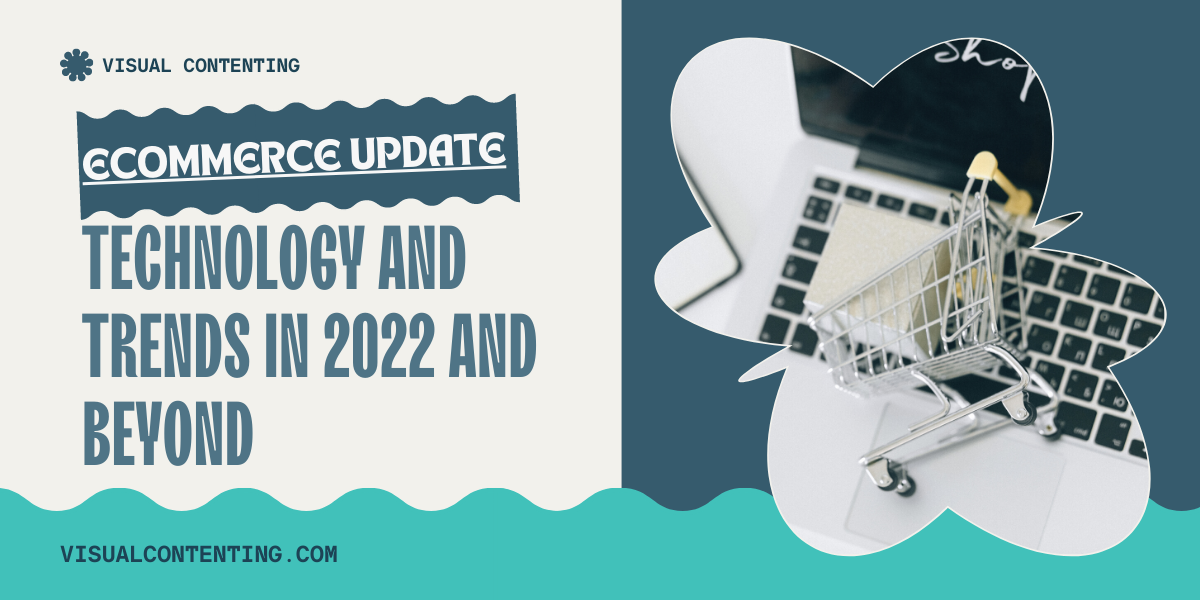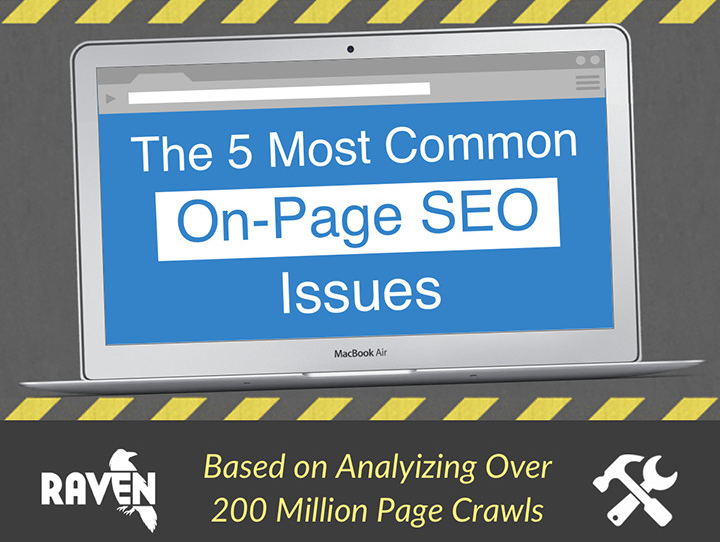Technology first introduced e-commerce to the world around 43 years ago. In 1979, shopping via television was the norm. Consumers would see products on TV then dial the number flashed on the screen to order.
In 1982, Boston Computer Exchange became the world’s first-ever e-commerce company. It served as an online marketplace for people who wanted to sell their computers. Fast-forward today, many e-commerce platforms have entered the industry, including Amazon, PayPal, Shopify, and Etsy.
The State of E-commerce During the Pandemic
COVID-19 outbreaks around the globe pushed online shoppers to unprecedented levels. While the pandemic has brought plenty of uncertainties, one trend is clear. It drastically changed the business landscape.
Digital adoption accelerated, placing e-commerce at the forefront of retail. Before the COVID-19 health crisis, online shops grew by 4.5% yearly. In 2020, quarantine restrictions limited the movement of people. The demand for physical stores declined, and businesses adapted to the digital era. Online selling thrived, with e-commerce growing at an exponential rate.
By May of 2020, e-commerce transactions amounted to $82.5 billion. This translates to a 77% increase from 2019. Moreover, In 2022, e-commerce revenue in the U.S. alone is expected to reach $479 billion, witnessing the most significant growth. And it’s no passing trend, either. Following its rise is the increase in digital finance.
The accessibility of buyers to SMEs heightened. Consumer costs also declined with efficiency in the digital economy. Similarly, consumers have shifted their demands. Shoppers prioritize essential goods. Several platforms gained relevance in emerging markets of developing countries.
The Future of E-commerce
It’s also fascinating to note that several years from now, e-commerce retail sales will eventually even out with that of brick-and-mortar. It means that even though the online sales trend will continue to grow, there’s plenty of business to go around. Indeed, online sales are no longer optional for businesses. Instead, it is a necessity that can make or break an enterprise.
Soon, most e-commerce interactions will be an omnichannel experience for buyers. Consumers are becoming more efficient with their shopping behavior, and they expect a more convenient online purchasing experience to support that. They want to research, browse, and purchase seamlessly across different devices and platforms.
These are just some of the e-commerce trends in 2022. To learn more about its promising future, check out the infographic below.
Related Posts
Every brand has its own story that is waiting to be told. Storytelling technique combined with creative design is what you need to effectively tell this story.
It’s what we do at Visual Contenting.
We specialize ourselves in helping people and brands visually tell their stories to the right target audience, with the right messages and at the right time.
It’s time to TELL YOUR STORIES WITH PICTURES!!!








